Michal Schein designs bright living spaces and explores the dark recesses of the female psyche all at the same time
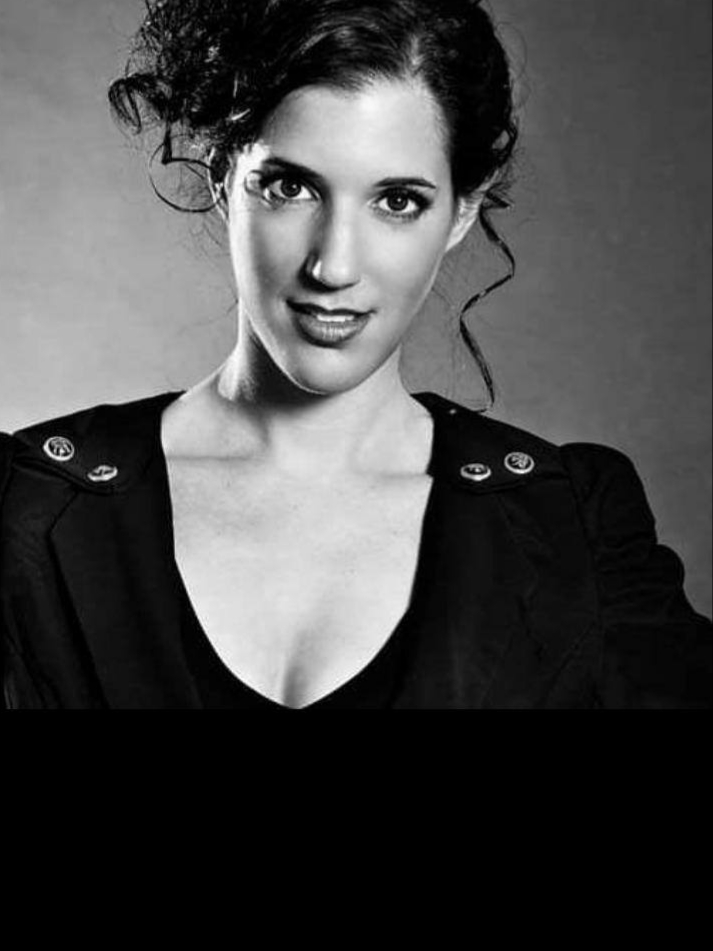
On the margins of human existence, in every human culture, there is a deep fascination with strings, ropes, and knots. Making a string or a rope from plants, from wool, or from leather must have been one of the earliest human technological breakthroughs and one of the most useful. Without strings, ropes, and knots there could be no sandals, no clothes, no boats, no shelters, no bows. Some cultures, like the Aztecs and the Mayas built their entire civilizations around ropes and knots. They used them as a form of writing and mechanically their machines were radically different than ours because, using as they were ropes to connect moving elements, they could only rely on pulling rather than pushing. In a very deep sense, the Mayan machines were female whereas ours are male.
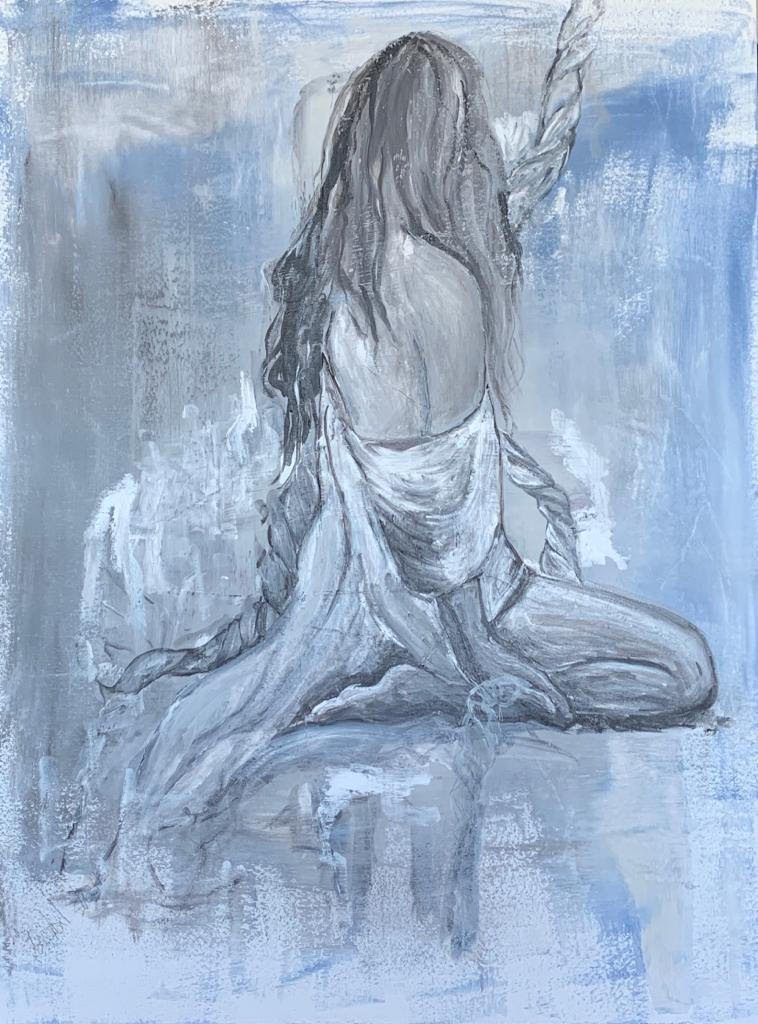
Ropes and knots have been largely lost in our world outside of marine uses where they still flourish, but they echo at us through generations. When one reads old samurai tales, one is startled to learn that they had multiple ways of tying their straw sandals around their toes, feet, and ankles; there was one way of tying them for long marches, and a completely different one for fighting with swords, for example. In our own Jewish culture, knots on strings are surprisingly still very much alive as a key element in religious practice. Every prayer shawl has them and each knot on the four fringes of the shawl has meaning, not to be added or subtracted. In fact, it is the fringes and their knots that give the talit life; they are only removed when it is used, one final time, to shroud us for our final journey.
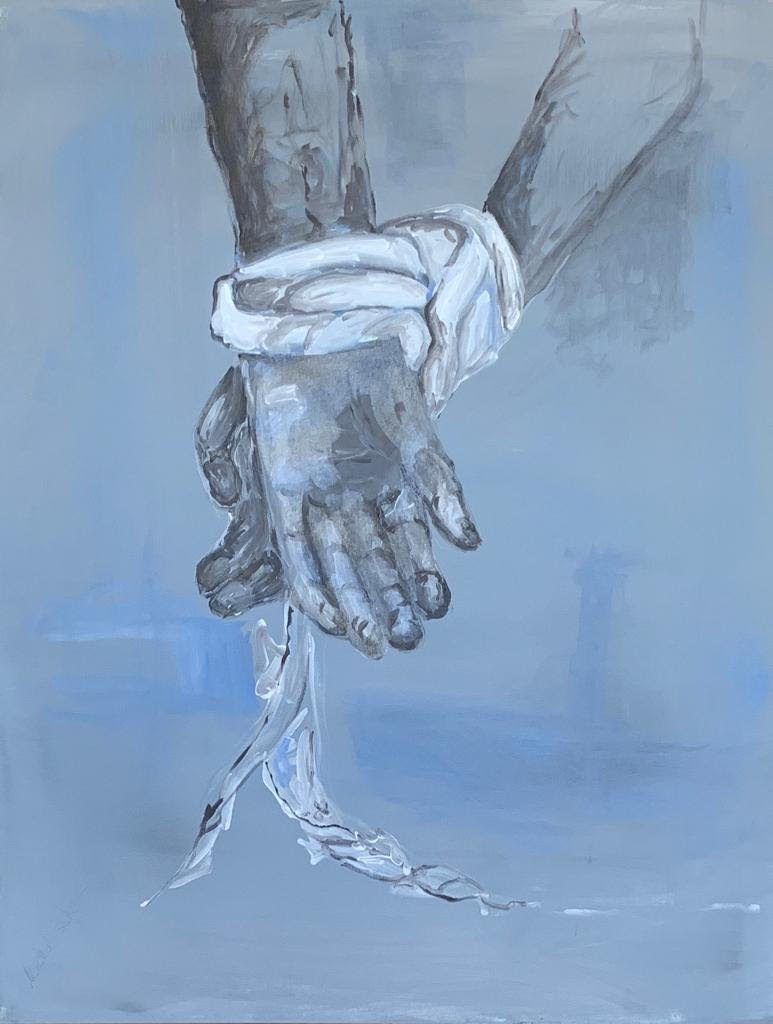
The idea of a rope as a restraining device has deep roots in our sexual psyche. Returning once again to Japan, the mind wanders to the intricately tied, hog-tied, one could even say Japanese society woman around whose rape and murder revolve the stories in Akira Kurosawa’s black and white classic Rashomon. The woman’s impotent rage against her condition, against being powerless in the face of her feckless and weak samurai husband and the primordial, naked male desire so exquisitely portrayed by Toshiro Mifune as the highway robber is a study in sexual bondage psychology without ever identifying itself as such.
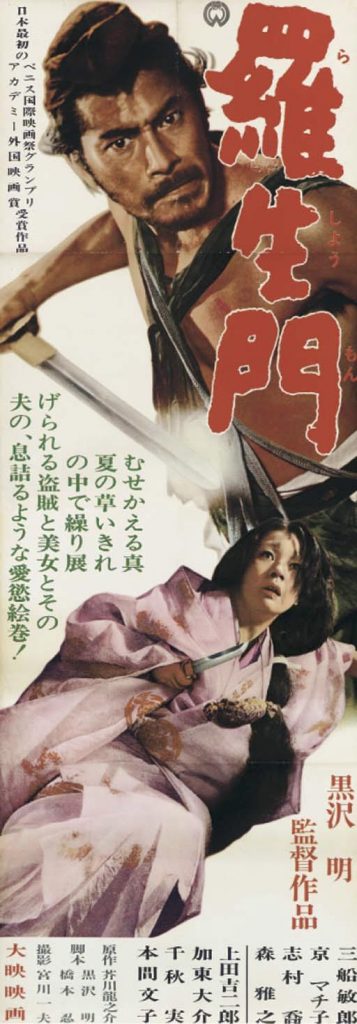
Copyright: Daiei, (c) 1962 [Public domain]
The tension (that word again) between every woman’s desire to be free, but at the same time coddled and protected by her man’s love and fidelity is at the heart of the human condition and thus at the heart of all art that touches on the subject of human sexuality. It is also the centerpiece of Michal Schein’s amazingly sexual and even simply sexy drawings of women. Michal is a successful Israeli architect and glancing at her website for due diligence purposes while preparing to write this review, I was rather startled to see that her other creative side, that of an architect, is the diametric opposite of her as a painter.
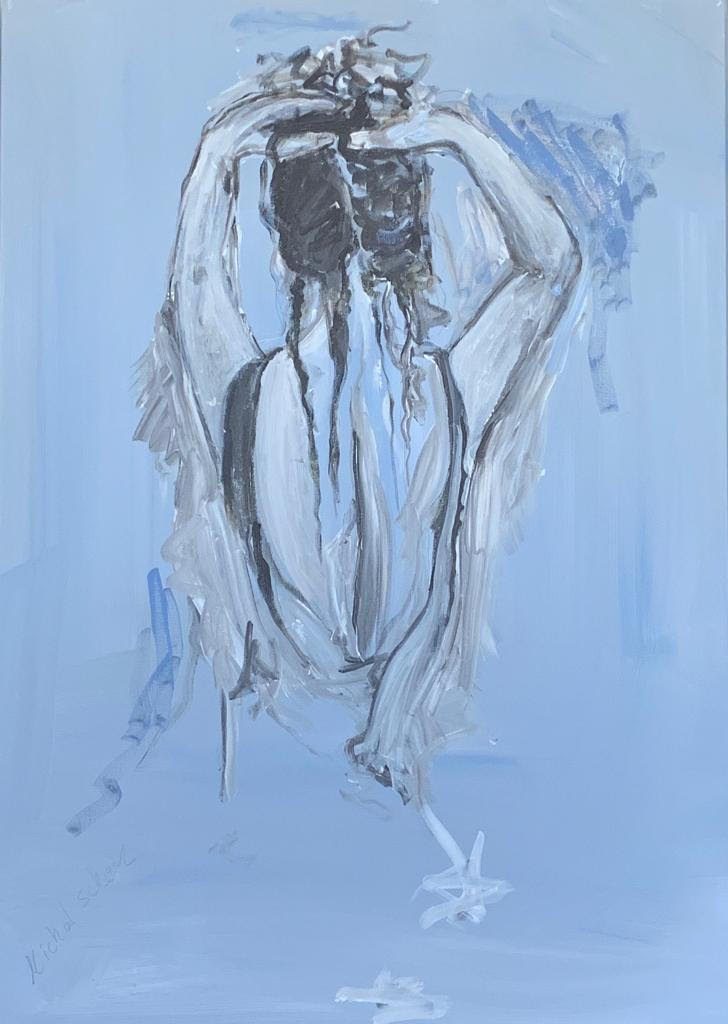
The origin of the popular Oriental Dualist symbol Yin and Yang is the juxtaposition of the shady, mysterious Yin and the bright and sunny Yang. With Michal, there can be little doubt which one of her creative sides is which. Her architectural designs are bright, full of light, empty spaces, and right angles. They shine with beauty, but leave little for the imagination. They showcase a product, be it high-end footwear on a boutique shelf or a happy family in their new home. If architecture is her Yang, her paintings are definitely Yin. More than anything else they are fluid, which reminds me that water and fluidity are the essence of feminine sexuality with its mysterious dark recesses and logical incongruities.

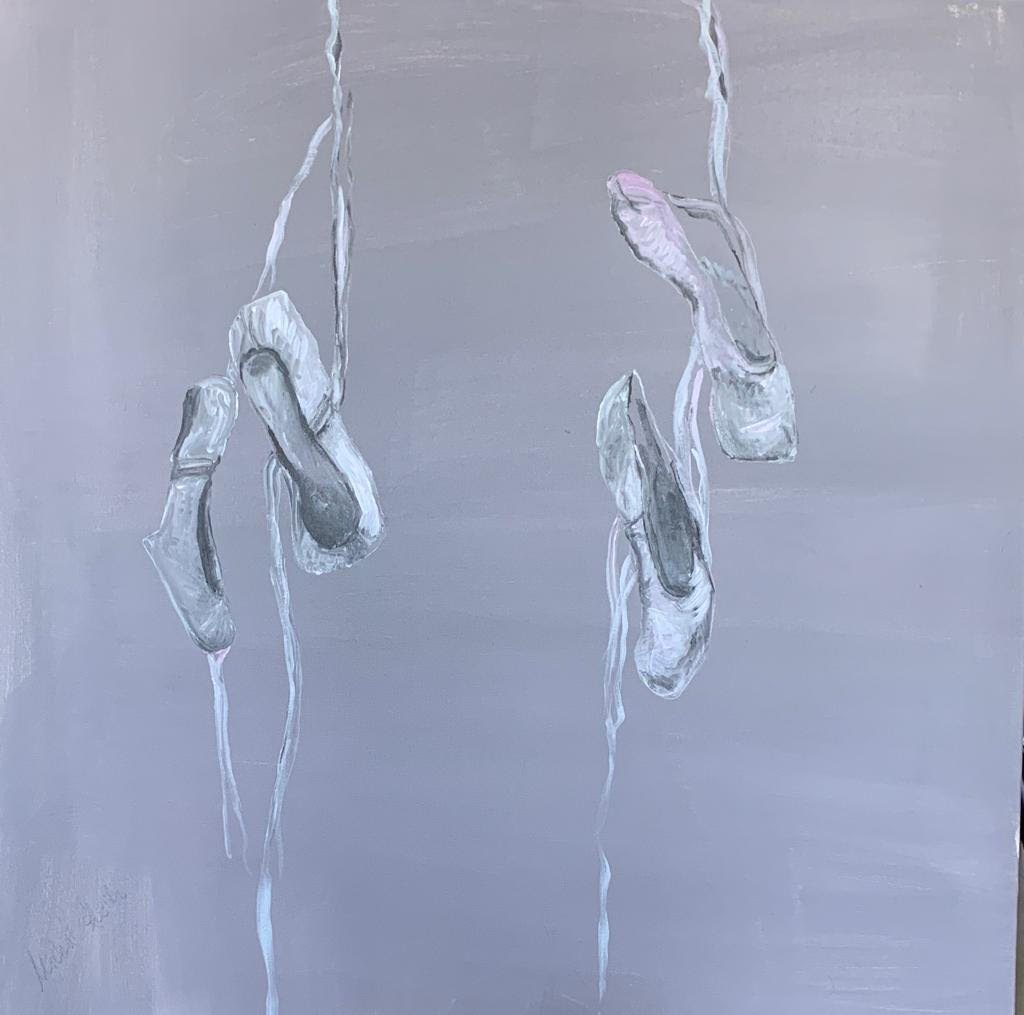
If I were Michal, in addition to being amazingly talented and beautiful, I would name my upcoming exhibition something like “The Bondage of Water” because to me it asks the question: can water be tied down? Can a woman? The answer, of course, is no, but at least when it comes to women, they would like us to try.
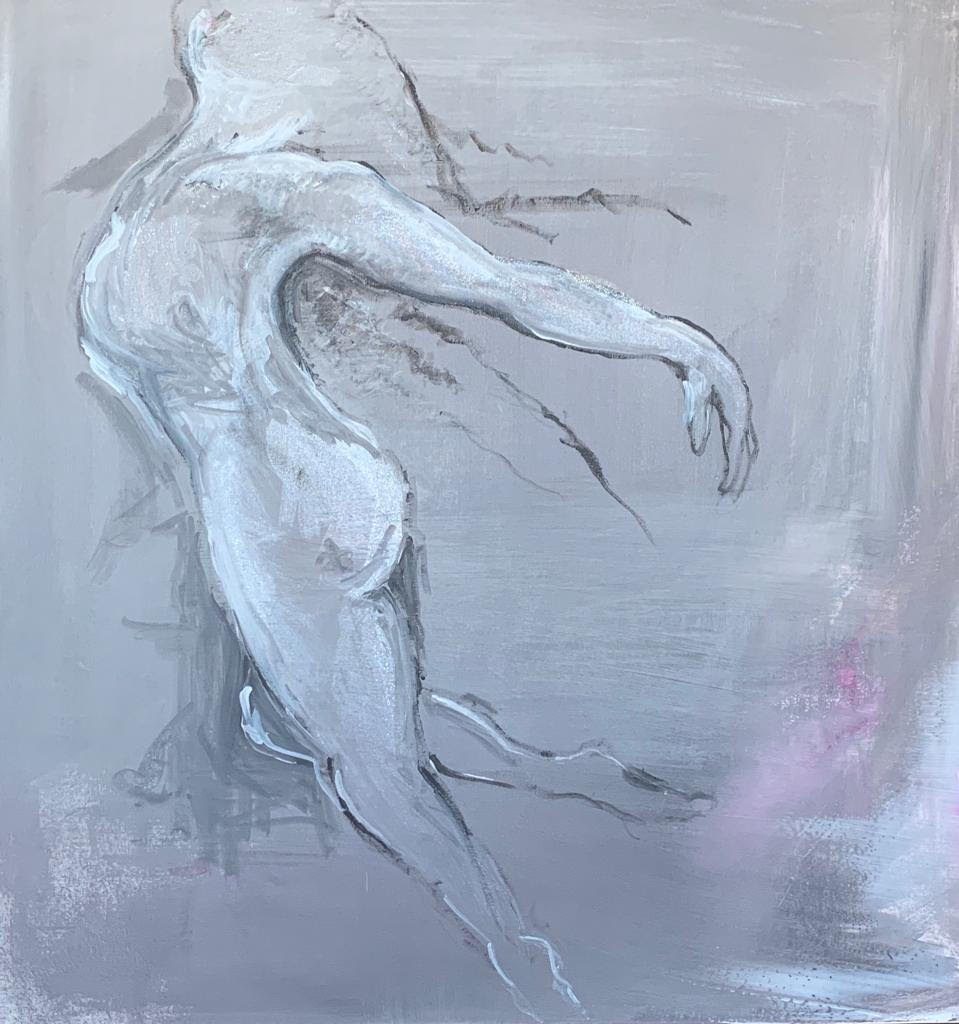
Michal is currently exhibiting her works in the Tel-Aviv studio of the visual artist Shimon Buzaglo at 22 Haim Ben Atar Street in Tel Aviv. The exhibition is open Sunday to Thursday between 10 Am and 5 PM. For further details and for coordinating a visit, you may call +1-972-3-682-7060. Exhibition will run through October 3rd of this year.


